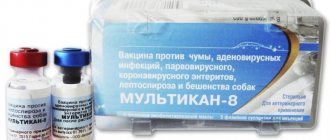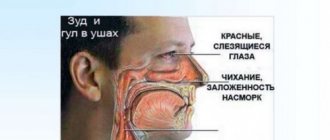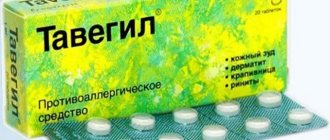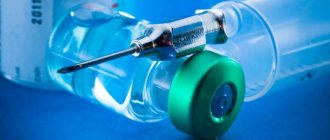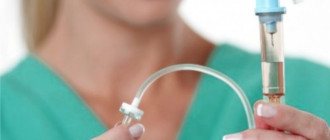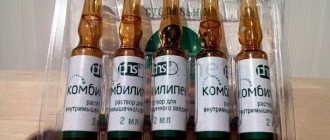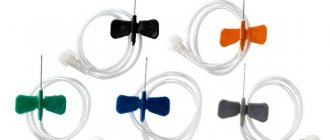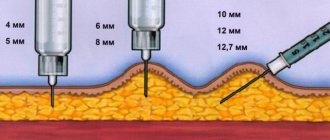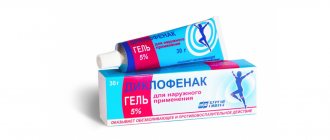In some diseases, body temperature does not decrease even after using antipyretics. If the patient is a child, the condition can lead to seizures that negatively affect the central nervous system. It is recommended to call an ambulance. But there are times when this cannot be done. Doctors advise in such a situation to give an injection containing Analgin with Diphenhydramine. The method has contraindications and can cause adverse reactions, so you should read the instructions before using it.
What helps and contraindications
Analgin is a drug used to eliminate inflammation, fever, and pain. Analgin for fever is used for adults and children. Diphenhydramine is a drug that has an antihistamine, antiemetic, and sedative effect.
Due to their wide spectrum of action, Diphenhydramine and Analgin are used in the following cases:
- acute toothache;
- pain caused by mechanical damage;
- muscle, bone pain;
- pain due to inflammation of the nervous tissue;
- profuse inflammatory process;
- colic in the liver or kidneys;
- extensive burns;
- recovery after surgery.
To reduce the risk of adverse reactions and to have an effect faster, it is recommended to give an injection. The patient's health condition improves 10-15 minutes after application.
Despite the speed at which a person feels better, the method can be dangerous.
This is due to the fact that the body temperature drops too quickly, so the pressure in the blood vessels may decrease.
There are other contraindications to the use of drugs:
- hyperglycemia (increased blood sugar), diabetes mellitus;
- narrowing of the lumen of the bronchial tree;
- renal and liver failure;
- disease of the hematopoietic system;
- narrowing of the lumen of the bladder;
- increased intraocular pressure, retinal detachment, optic nerve dystrophy, cataracts;
- heart failure;
- children under 1 year of age;
- pregnancy and breastfeeding.
Special instructions when using drugs:
- do not drive vehicles after use;
- give up alcoholic drinks, as this combination will lead to severe poisoning and even coma.
If the ambulance arrived after the medication was administered or the patient nevertheless went to the doctor, it is necessary to tell the medical staff about the procedures performed. They must know how loved ones helped the patient so as not to repeat the actions.
Indications for use
A lytic mixture for fever for children is used to quickly alleviate the serious condition of the patient. It is used when the fever is more than 38˚C, and all other antipyretics have not given the expected result.
A lytic mixture is given to children if fever provokes seizures. Parents should carefully examine the condition of their sick child. If he has a fever, and his legs and arms are cold and his skin is too pale, he must be given medicine immediately.
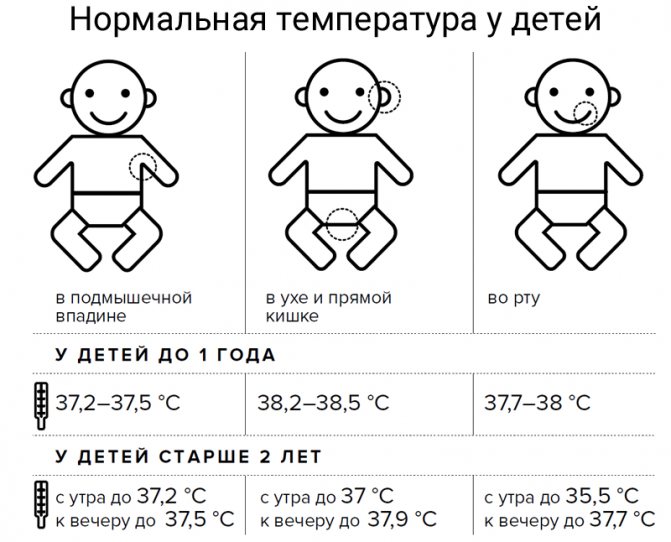
Why are drugs effective in combination?
High fever can be caused by illness, allergies, inflammation, or tissue swelling. The use of ordinary antipyretic drugs does not help, because the cause of the increase in body temperature has not been eliminated. The use of Analgin in combination with Diphenhydramine for children and adults enhances the effect.
In addition, other combinations are used, for example, Analgin and Papaverine in one syringe are used to relieve hypertensive crises and reduce high blood pressure.
The advantage of the method is its complex effect on the body:
- pain reliever;
- anti-inflammatory;
- anti-allergenic;
- antipyretic;
- decongestant.
It is recommended to use the composition only in extreme cases when other drugs do not help.
Compound
A potent lytic drug in injections is usually used by emergency doctors when they need to quickly “bring down” a fever that is too high. The classic composition of this complex drug consists of three main components. Each of them alleviates the patient's condition.
Composition of the lytic mixture:
- Analgin.
His share is 50% of the rest. It is an antipyretic analgesic.
- Diphenhydramine.
Enhances the activity of Analgin. His share is 1% of the rest. This is an antihistamine that relieves allergic reactions. Additionally, it has a sedative effect. Can be replaced with Suprastin or Tavegil.
- Papaverine.
Antispasmodic, dilates blood vessels. Belongs to the group of opium alkaloids. Increases heat transfer, reduces the risk of seizures. Its part is only 0.1% of the total composition. Can be replaced with No-shpa.
Important! When combined together in one mixture, these drugs do not form any new composition. They just enhance each other's effect. All the ingredients of a lytic remedy do not cure any disease. They only jointly relieve the acute symptoms of the inflammatory process, that is, they quickly “bring down” the fever.
Dosage
The dosage of Analgin for injection is selected depending on the age of the patient. If the volume of the medicine is incorrectly calculated, this will lead to irreparable adverse reactions.
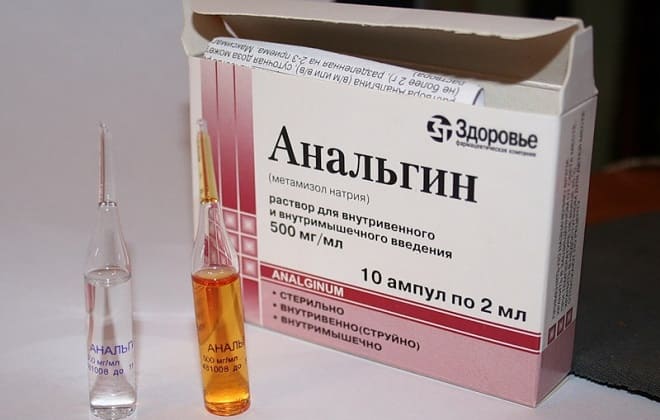
Young children will develop seizures, which will lead to complications in the nervous system.
The most severe side effect is the death of the patient. What do you think are the most important factors when choosing a medical facility?
For children
If parents decide to use Analgin with Diphenhydramine, the dosage for children differs depending on their age:
- 0-12 months - prohibited for use;
- 1-3 years - children's dosage 100 mg no more than 1 time per day;
- 4-12 years - 250 mg no more than 1 time per day;
- after 12 years - it is allowed to give a second injection containing no more than 250 mg of the drug.
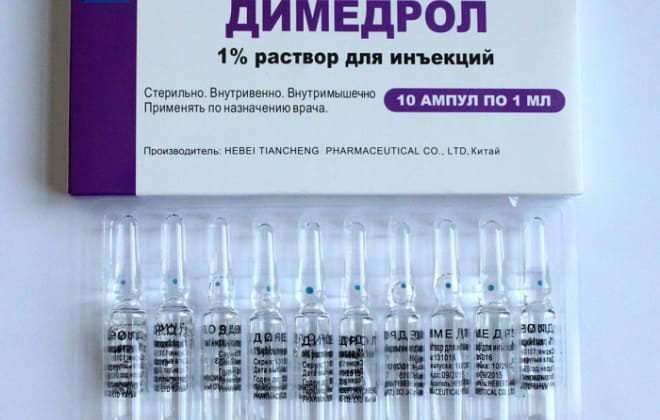
Also, the dose of Analgin and Diphenhydramine for children depends on weight: the first drug is 10 mg, the second is 0.4 mg per kilogram of weight.
Medicines are drawn into the syringe one by one (Diphenhydramine is always second).
The resulting liquid is not mixed, but injected directly into the muscle tissue.
The injection is given slowly so that the child does not become ill.
For adults
Adult patients also need to follow the dosage. The substances should be in the following proportions: Diphenhydramine - 0.2 ml, and Analgin - 0.3 ml.
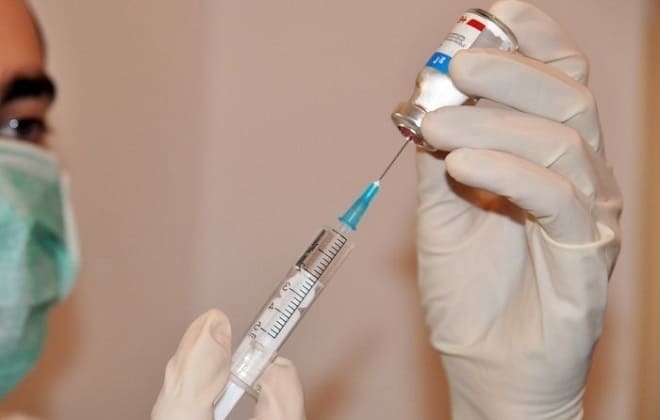
The effect of the drug should be observed within 15-40 minutes.
Diphenhydramine with alcohol
Diphenhydramine in combination with any alcohol actually gives a strong effect. Side symptoms of this combination may include hallucinations, confusion, hallucinogenic delirium and other consequences. Large doses of diphenhydramine in combination with alcohol can simply kill a person. That is why you should avoid any alcohol while taking diphenhydramine.
Diphenhydramine was withdrawn from free sale in pharmacies, as cases of using this medicine in combination with alcohol have become more frequent in recent years. In order to buy diphenhydramine, you will need to have a prescription from your doctor.
How to prick
To properly administer Analgin and Diphenhydramine injections, follow the following algorithm:
- opening ampoules containing substances;
- a set of liquid with Analgin and only then with Diphenhydramine;
- if you mix the contents of the syringe, side effects will occur, so you cannot dilute and shake the solution;
- the drug should be injected intramuscularly into the gluteal region, slowly.
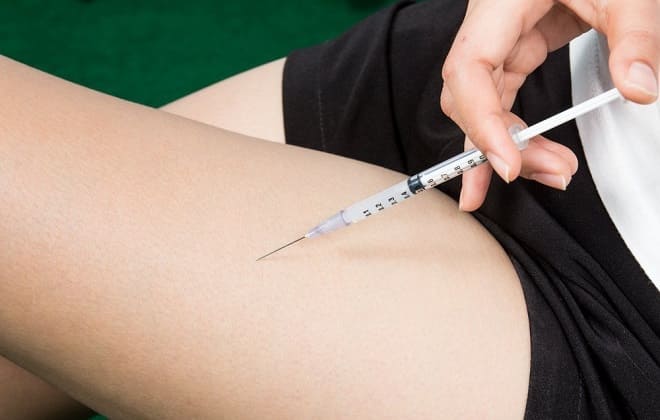
The use of a mixture of drugs can cause side effects and affect the functions of internal organs, so after completion of treatment it is recommended to undergo laboratory tests.
The packages of each drug contain instructions for use. To avoid a negative reaction, it is recommended that you read it completely before administering the product.
Contraindications to the use of a combination of drugs
Administration of the lytic mixture is contraindicated if the patient has the following physiological or pathological conditions:
- Diabetes.
- The likelihood of developing bronchospasm.
- Kidney failure.
- Serious liver pathologies.
- Disturbances of hematopoietic processes.
- Intolerance to any component of the lytic mixture.
In addition, it is prohibited to administer a combination of drugs in the presence of acute abdominal pain of unknown origin (elimination of pain can lead to difficulties in determining its causes and deterioration of the child’s condition).
The use of a lytic solution should be carried out with caution and under the supervision of medical personnel if a child patient has hypotension, allergies, bronchial asthma, or trauma. If there is even the slightest risk to the child’s health, you should refuse to use Analgin and opt for an antipyretic drug that is safer for children, for example, Paracetamol.
When using a combination of Analgin and Diphenhydramine, the following negative symptoms may develop:
- Deterioration in the production of leukocytes, which in some cases leads to the development of agranulocytosis.
- Disorders of the digestive tract.
- Fainting.
- Decreased blood pressure.
- Allergic reactions.
- A strong decrease in body temperature for a long time.
The use of increased doses of the lytic mixture can lead to the development of shortness of breath, abdominal pain, drowsiness, hemorrhages, convulsions, and other dangerous manifestations. Often children with symptoms of drug intoxication have to be hospitalized in order to maintain vital functions.

Overdose
If Analgin or Diphenhydramine were used in a dosage exceeding the prescribed one, an overdose will occur. The patient's condition is accompanied by the following symptoms:
- muscle cramps;
- pale skin;
- decreased blood pressure;
- fainting;
- yellowing of the skin due to toxic effects on the liver;
- hallucinations, delusional state;
- neuralgia (trembling limbs, anxiety);
- cardiovascular disorders;
- coma.
Overdose in children is often accompanied by seizures. In adults, this condition occurs extremely rarely. Due to the large list of negative effects on the body, Analgin and Diphenhydramine are used only at temperatures above +39°C, when other means do not work. The use of drugs for moderate pain is not recommended.
Shot or intravenous injection
Analgin and Diphenhydramine are best administered intramuscularly, especially when treating children. Medicines are administered intravenously to adults in a dosage of 2 g. In this case, after a dropper, the patient’s condition must be carefully monitored throughout the day. IM injections take effect after 15 minutes, and IV injections take effect after 5 minutes.
It is recommended to give injections into the shoulder or thigh muscles. If the medicinal solution is administered subcutaneously, inflammation or irritation may develop. Therefore, an injection, when one ampoule contains Papaverine, Analgin, Diphenhydramine, is not recommended to be given in the buttock, due to the deep location of the muscles.
If Analgin, Diphenhydramine, Papaverine are mixed in one syringe, then the use of the medicinal mixture cannot be combined with the use of a number of drugs:
- Antihistamines
- Vasoconstrictors
- Choleretic
- Hypotensive
- Vasodilators
- Diuretics.
